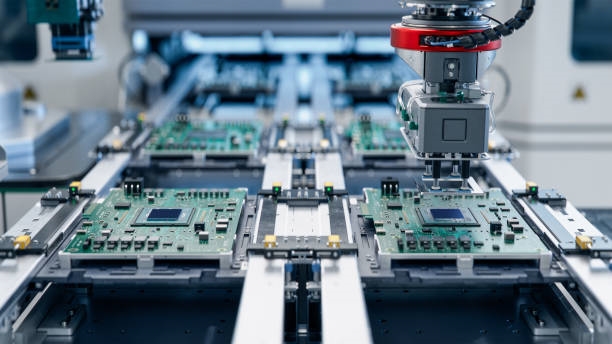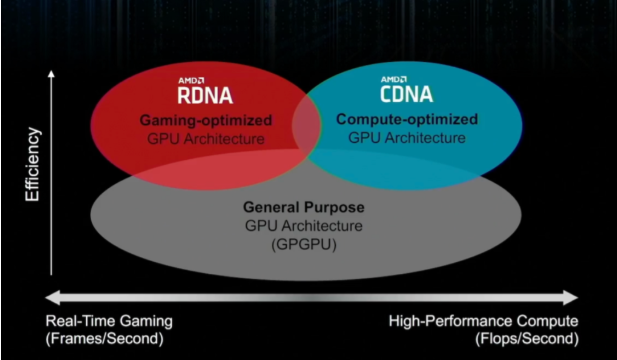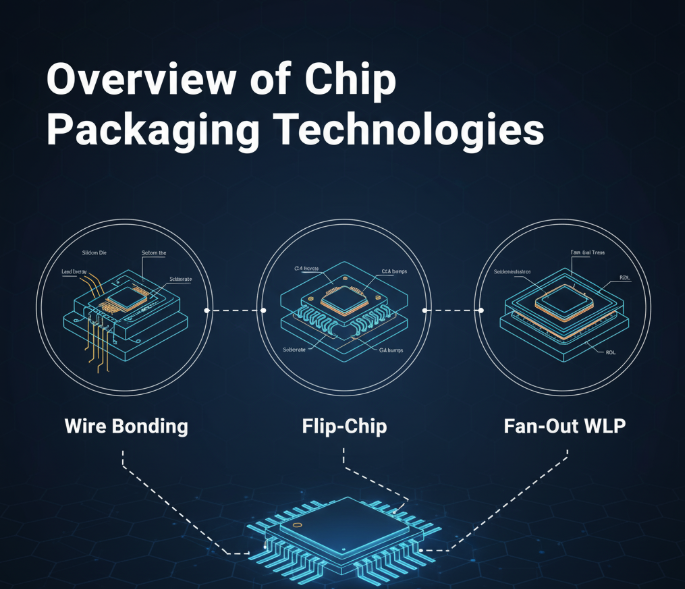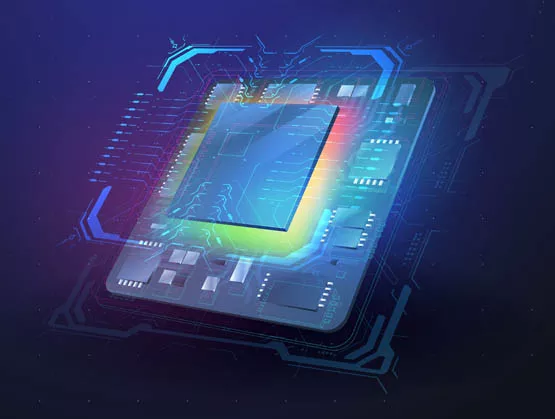TSMC moves to offer small discounts on mature processes
Facing a soft market, TSMC has begun offering modest price concessions on some mature process nodes for the first time in three years. As the leading wafer foundry, TSMC typically maintains stable pricing and only grants single-digit annual rebates to clients. Industry sources indicate the current discounts on certain mature nodes are roughly 2%. TSMC declined to comment on pricing matters.
Several IC design companies confirmed they are negotiating next year's discounts with TSMC. One vendor said TSMC's discount method is to settle after a full quarter of shipments, then offset the agreed amount against mask costs in the next quarter. Thus, discounts tied to shipment volumes could be applied across Q2–Q4 next year.
Historically, other foundries responded earlier to the market downturn by cutting prices on large orders and offering additional free wafer runs once order thresholds are met, to improve capacity utilization. Mainland Chinese foundries started discounting sooner and more aggressively than Taiwanese peers, and TSMC's pricing had remained relatively firm. Even if TSMC's current move is not a direct price cut, it is a notable signal that will increase pricing pressure on other mature-node vendors ahead of next year's second-half seasonal recovery. During the supply tightness in prior years, TSMC initially avoided price increases while some peers raised quotes, leaving TSMC relatively lower priced.
Other foundries have already cut prices
Mature-node foundries are fighting to sustain roughly 60% capacity utilization. UMC, Vanguard International Semiconductor, and Powerchip have slashed quotes for next year's first quarter, in some cases by double-digit percentages; discounts for some strategic customers reached 15%–20%. This pricing adjustment has pushed mature-node wafer prices to post-pandemic lows, affecting affected vendors' gross margins and profitability.
IC design customers report foundries saying mature-node demand is weak and utilization is declining. To protect market share and maintain an economical production scale, large price cuts have become necessary. Even though recent signs point to a bottoming in PC and smartphone markets, clients remain cautious due to inflation and a year of inventory destocking; many fear falling back into another inventory correction. Current wafer orders have only recovered to about 30%–40% of pre-pandemic levels, prompting foundries to accelerate price cuts to avoid losing orders to lower-cost competitors and further degrading utilization.
Consumer-driven demand is especially weak, and vendors that focus on 8-inch mature-node foundry services have been hit hardest. IDMs and IC design firms placed many repeat orders earlier, leaving inventories of power management ICs, driver ICs, and microcontrollers still to be digested. Some products have migrated to 12-inch production, keeping 8-inch utilization at low levels. UMC expects utilization this quarter could fall from 67% last quarter to 60%–63%, a recent multi-year low; gross margin is projected to decline from 35.9% to about 31%–33%, returning to levels seen at the start of the 2020 pandemic. UMC has reportedly offered a 5% discount to major customers this quarter and may expand cuts to double digits next quarter to stimulate orders.
Vanguard is reported to have reduced prices by about 5% in the second half, with customers taking large volumes potentially receiving up to 10% discounts; further single- to double-digit cuts are possible next quarter. Vanguard management has indicated it will flexibly adjust pricing in response to severe competition. Powerchip has also shown conservative customer demand, reported a Q3 loss with utilization near 60%, and is expected to implement price reductions to raise utilization.
IC designers' margins may have bottomed and begun to recover
The upstream semiconductor market has shifted toward a buyers' market, which could bring relief to IC design firms. After a multi-quarter decline in gross margins, some stabilization appeared by the end of 2023, and a three-quarter base-building period has shown signs of improvement.
Market consensus increasingly views the cycle as L-shaped, suggesting the worst may be visible even if timing for demand recovery is uncertain. With inventories falling and wafer-run costs decreasing, margins may improve before demand fully recovers. By Q3, the Taiwan IC design sector had reduced inventories from peak levels by 20%–50%, improving inventory health. Foundries are also easing pricing besides prior sales rebates, giving some breathing room.
Many vendors are diversifying wafer-sourcing strategies and increasing the share sourced from mainland Chinese foundries. Analysts expect IC designers' gross margins to begin rising in the first half of next year. On the demand side, TSMC reported that PC and smartphone volumes are showing signs of bottoming, which has led to application-level inventory replenishment among IC designers.
Inventory adjustments and write-downs are expected to end in 2023, potentially paving the way for more pronounced gross margin improvement in 2024. Companies that proactively adjusted inventories began to see margin troughs as early as Q2. Some established IC design suppliers exited multiyear contracts at the end of last year, a move that drew market attention for its decisive response to the cycle. Notable representatives in display driver ICs and networking chips also moved past second-quarter margin troughs and began recovering in Q3.
 ALLPCB
ALLPCB







